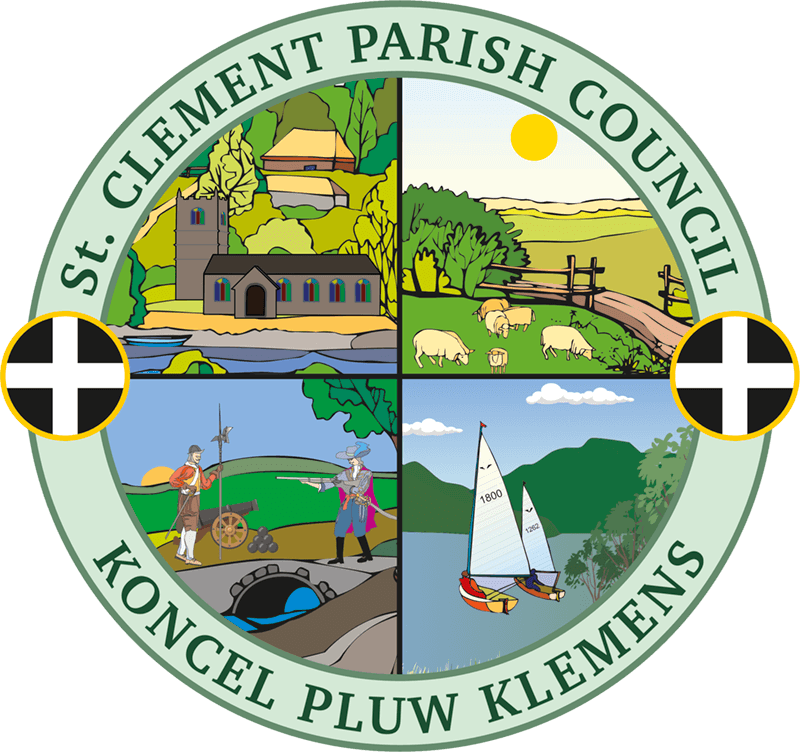Tresillian Village
Tresillian is a creekside village located at the tidal head of the Tresillian river. Although the village’s history stretches back several centuries its current layout of domestic dwellings and commercial properties are largely of 20th century origin. But there are a small number of much older buildings, including a Grade 2 thatched inn and also one housing a school for the disadvantaged (commented on in the section on Malpas as its on the border with that settlement).
To the south of the village lies the large, privately owned Tregothnan estate and house, historic seat of the Boscawen family, Viscounts Falmouth, that is still managed by the family.
The village recreation ground to the east of the village houses a war memorial to those killed in the First World War and is on land given, in trust, to the village by The Rt. Hon. The 8th Viscount Falmouth.
Situated just three miles east of Truro, the community at Tresillian is a strong, thriving one with its own village hall, thatched pub, café, petrol station/mini market, allotment site, Methodist Chapel and across the bridge is the early C20th refurbished C of E Holy Trinity church, which sits just inside the neighbouring parish of St Michael Penkivel. A delightful riverside public pathway leads out of the village in the direction of St Clement village, on the way passing by Tresemple Pond which is frequented by several species of birds including little egrets.
In the early C12th the small hamlet of Tresillian was clustered around an important crossing point across the creek which later provided an important meeting point during the English Civil War where an important event took place in 1646 (see Tresillian’s website for more details). Early growth was slow and modest until the late C19th which saw a school, blacksmiths, mission chapel, corn mill and some further cottage homes. In 1830 the main road through the village was added to the Truro Turnpike company’s network link to Fraddon. Unfortunately, during road improvement work in the 1960s the milestone at Tresillian went missing. However, in 2024 an exact replica was installed close to the original site. Tresillian’s Toll House still exists, currently used as a commercial premises. River trade had been well established over several centuries due to the village’s position at the tidal head of the Tresillian River. During the late C19th and early C20th a vessel named Shamrock regularly berthed at Tresillian Village, mostly with a cargo of bulk materials. Luckily, this fine vessel has been fully restored and can be visited at Cotehele, a National Trust site in Cornwall, near Devon. However, as river trade declined so did many traditional activities mainly brought on by C20th changes in commerce and everyday life. By the 1950s housing development began to increase up the steep hillside above the older housing along the main road as well as new commercial developments on the riverside. East of the village lies the recently established business park, a modest light industrial/commercial complex.
The village’s main road, A390, has several bus stands and a stop for the nationwide National Express Coach service.
For more detailed information visit Tresillian’s website at: www.tresillianvillage.co.uk


